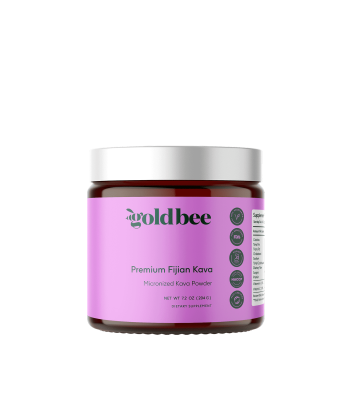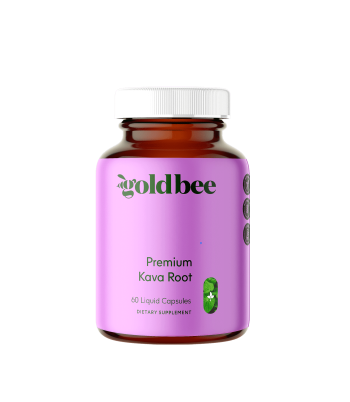Heady kava describes kava products that have a stronger effect on the mind — rather than on the body. They produce feelings of euphoria, increase sociability, creativity, and mental clarity. You feel light — almost as though you’re floating on a cloud.
What is Kava?
Kava (Piper methysticum) is a species of plant originating from the islands of the Western Pacific Ocean. The root of the kava plant has been carefully cultivated on tropical Islands ranging from New Caledonia to Hawaii for centuries. It’s believed to have spread across the ocean through the help of early Polynesian colonists as they set out in search of new lands.
Today, kava has become a popular supplement outside Polynesia for its powerfully relaxing, euphoric, and uplifting qualities. In lower doses, it’s used to calm the mind and enhance creativity, boost sociability, and alleviate stress. In higher doses, it offers potent sleep-supportive and muscle-relaxing benefits.
Types of Kava For Sale Online
Kava comes in many different forms — ranging from raw root powder to capsules and liquid extracts. Deciding which type is best for you depends on what you want to get from the herb and how you intend to use it:
- If you like the traditional ritual of brewing kava tea —go for the dried, coarse-ground kava powder.
- If you want all the same benefits without the tedious job of preparation — go for the micronized powder instead.
- If you want to avoid the herby taste — go for capsules or tinctures.
Here’s a breakdown of all the different types of kava for sale online.
It might sound like an unreachable goal, but every step counts, even the smallest one. We also tread the path of healthy eating. For years, our experts have been focusing on natural products made from organic, non-GMO plants. Gold Bee focuses primarily on honey, but we’ve also expanded into other fields of healthy eating, including the amazing world of CBD products.

Kava Powder
The traditional way of using kava is to brew the freshly harvested root into a strong tea. However, kava doesn’t have a very long shelf-life, so unless you’re living in an area where kava grows naturally, you’ll need to use the dried powdered root instead.
There are two types of kava powders to choose from — coarse-ground kava powder and micronized (instant) kava powder.
Coarse-ground kava is the simplest to produce but the hardest to use. Along with the active ingredients, kava root contains a lot of insoluble fibers, mineral deposits, and pieces of volcanic rock embedded in the roots. To use this form of kava, you’ll need to soak it in a bowl of water for 10 or 15 minutes — stirring constantly. Next, it must be strained to remove the fibers.
Micronized kava takes a little bit more effort to produce but makes the kava much easier to drink. This form of kava has been ground to a fine powder with a consistency similar to flour. The fibers and any mineral deposits or other large particles are also removed. This dramatically improves the solubility of the kava — all you have to do is mix it in with some water, and it’s ready to drink — no soaking or straining necessary.
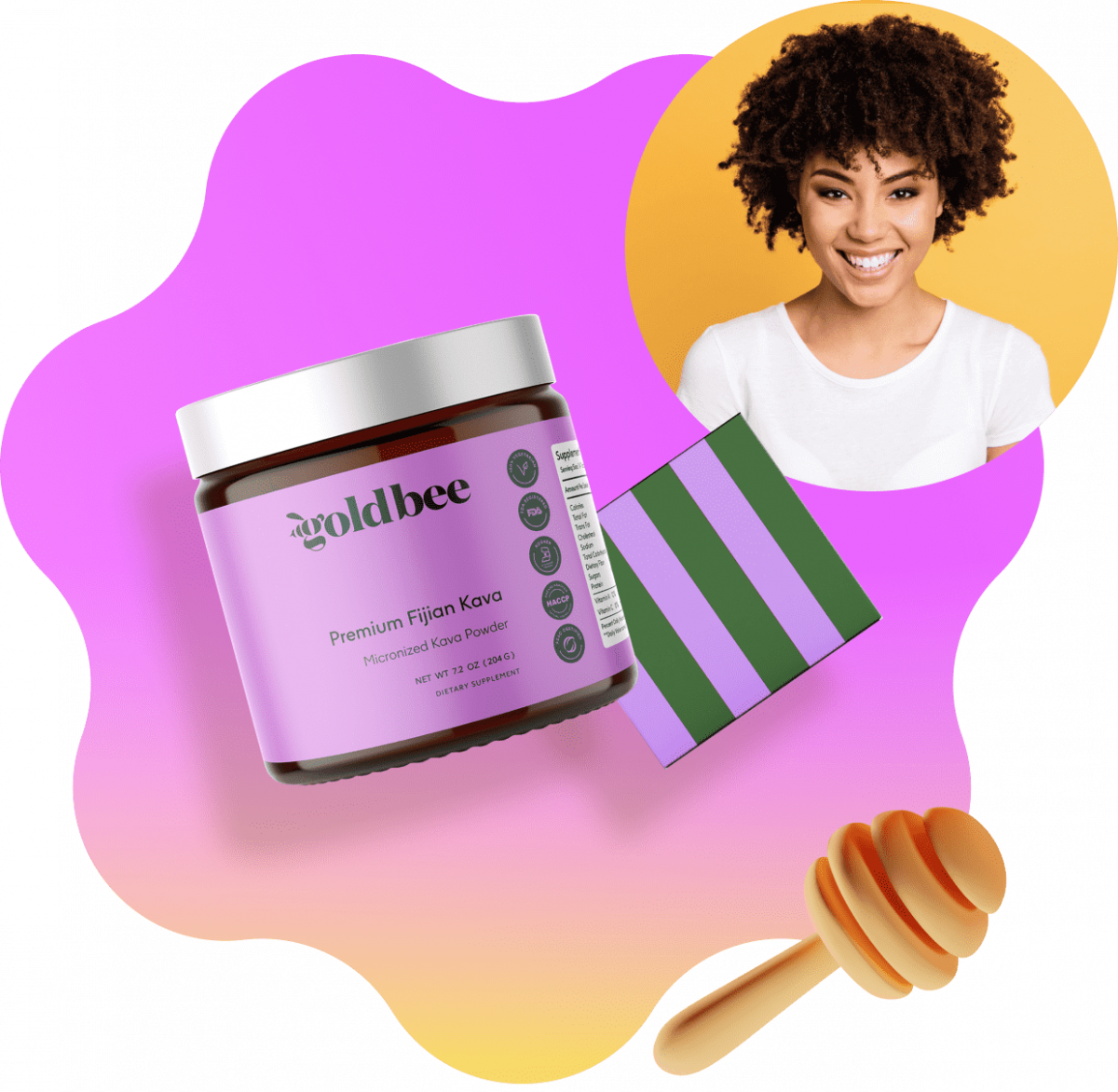
Kava Capsules
The number one complaint new kava drinkers have after trying this herb is that it tastes bad. While we believe kava is an acquired taste, we can’t argue the flavor isn’t great.
The best workaround for people who dislike the taste of kava but want the benefits of this useful herb are to use capsules. We carry two different types of capsules — micronized Fijian kava capsules and liquid Vanuatu kava capsules.
Our Fijian micronized capsules have a balanced effect profile and deliver roughly 80 mg of kavalactones per serving. They’re strong, have no taste, and provide a highly bioavailable form of kava whenever you need it. It’s hard to beat the convenience and discreteness of a capsule.
Our liquid capsules offer 75 mg of kavalactone suspended in a liquid base. These caps are made using supercritical CO2 to separate the active constituents from the fibrous roots. This helps eliminate irritation in the stomach caused by the insoluble fiber content and bumps the bioavailability of the active ingredients by nearly 30%.
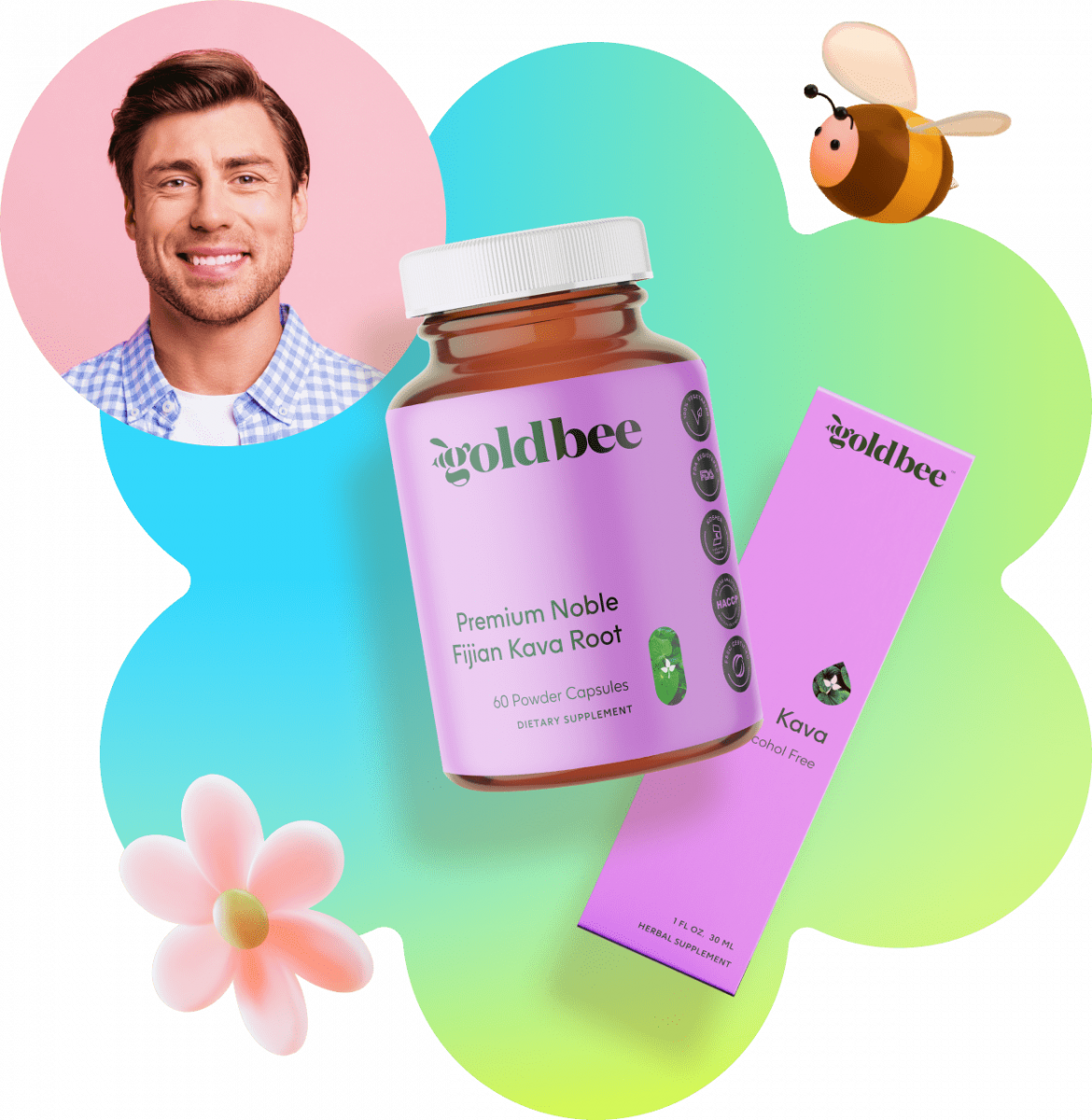
Kava Tinctures
A tincture is a liquid extract of a herb. Traditionally, tinctures were made using alcohol or water, but this isn’t safe for kava products. The active ingredients in kava aren’t water-soluble, so something like alcohol is preferred. We prefer to avoid alcohol and opt for vegetable glycerine (VG) instead. VG shares a similar capacity as a solvent to alcohol for extracting and suspending the kavalactones — only it’s safer and tastes much better (VG has a subtle sweet taste to it).
You can find kava tinctures in all different potencies. We went with a 1:2 extract from our premium stock of Vanuatu kava root. Each serving contains 40 mg of kavalactones. The liquid VG consistency of our kava tincture improves absorption — reducing wastage and ensuring you get the strongest effects possible.

Kava Effect Profiles: Heady, Heavy, & Balanced
There’s a striking amount of variability from one kava extract to another. There are three distinct categories we can use to catalog the effects of kava. If you want to get the most from your kava, it’s best to find the profiles that match your intended use:
The Importance of Third-Party Testing
Our background comes from the CBD (cannabidiol), where third-party testing is the industry standard.
This testing is critical for companies to prove the products they’re selling are what they claim them to be. It’s hard to make false claims for products when there’s an independent lab report disclosing the entire contents of the product down to 0.01% accuracy.
These tests are important for determining the following:
- The total potency of the extract — to ensure the extract is as strong as the manufacturer claims
- The presence of contaminants — such as heavy metals, solvents, or pesticides
- The presence of chemical additives — such as preservatives or other chemicals

We’ve chosen to employ the same rigorous quality control process for our kava as we do for our CBD lineup.
This means complete independent testing for every batch of kava that arrives in our facility.
Here’s how third-party testing works:
- We first run some tests ourselves to confirm the quality of the sample we received — we use mass spectronomy and gas chromatography to fingerprint each sample.
- Next, a sample is sent to a third-party testing facility (no affiliation), where they run the same tests with their own equipment.
- The results are sent back to us, which are then published online.

How Much Does Kava Cost?
The pricing for kava can vary a lot — but there’s a big difference between cheap, low-grade kava and expensive high-quality kava.
The average cost of premium kava root is about $3.30 per dose (10 grams) — which is comparable to the cost of a single dose of CBD. The cheapest kava sells for around $1.30.
However, kava that has a low upfront cost tends to be more expensive in the long run. Cheap kava is less potent — which means you’ll need to use more to feel the same intensity of effects.

Factors that affect the cost of kava include:
The potency
The stronger kava is, the more expensive it becomes
The source
The more middlemen involved, the higher the cost
The origin
Rare sources of kava are more expensive (such as Samoa, Tongoa, or Papua New Guinea)
The type of kava product
Capsules and tinctures are more affordable than raw kava powder (due to added costs during shipping and storage)
The main factor that drives up the cost of kava is the potency. It’s surprisingly difficult to secure potent kava because the countries in which this plant is grown have the most users. The best kava never leaves the islands of Vanuatu, Fiji, or Tonga.
Potent kava is therefore in high demand outside of the Pacific islands — which increases the cost of the root dramatically.
Secondly, there are a lot of middlemen in the kava space. Local businessmen will buy kava from farmers, sell it to vendors in the US, who then sell it to individual brands. Every time kava changes hands, the price goes up.
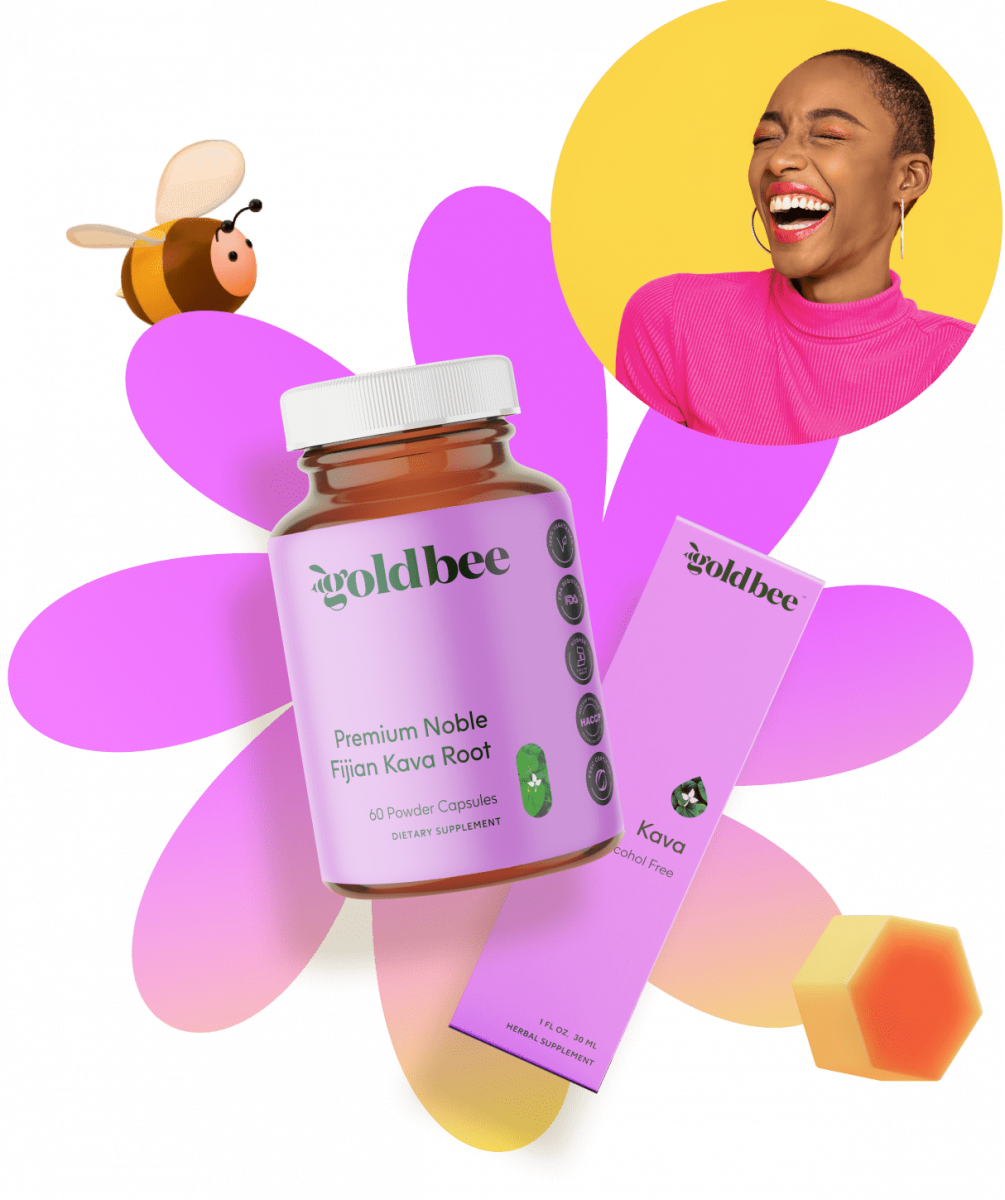
Keeping Prices Competitive: Our Secret Sauce
We spent nearly two years formulating and sourcing our kava lineup. We wanted to find a reliable source that offered potent, high-grade kava without having to charge an arm and a leg. This proved to be more difficult than we initially thought — but we got there in the end.
We cut down the cost of our kava products by going directly to the farms that produce it (we have connections with three farms in Fiji and two in Vanuatu). There are no middlemen jacking up the cost of our kava products.

Next, we opted for kava capsules, tinctures, and micronized powder rather than the bulk coarse ground root. Kava root is heavy and takes up a lot of space — which dramatically increases the cost of shipping (especially today with so many bottlenecks present in the shipping industry).
The result is a lineup of kava products we can be proud of. We use our products too, so it’s important to us that they’re exceptionally high-quality, potent, and provide consistent effects from one batch to the next.

